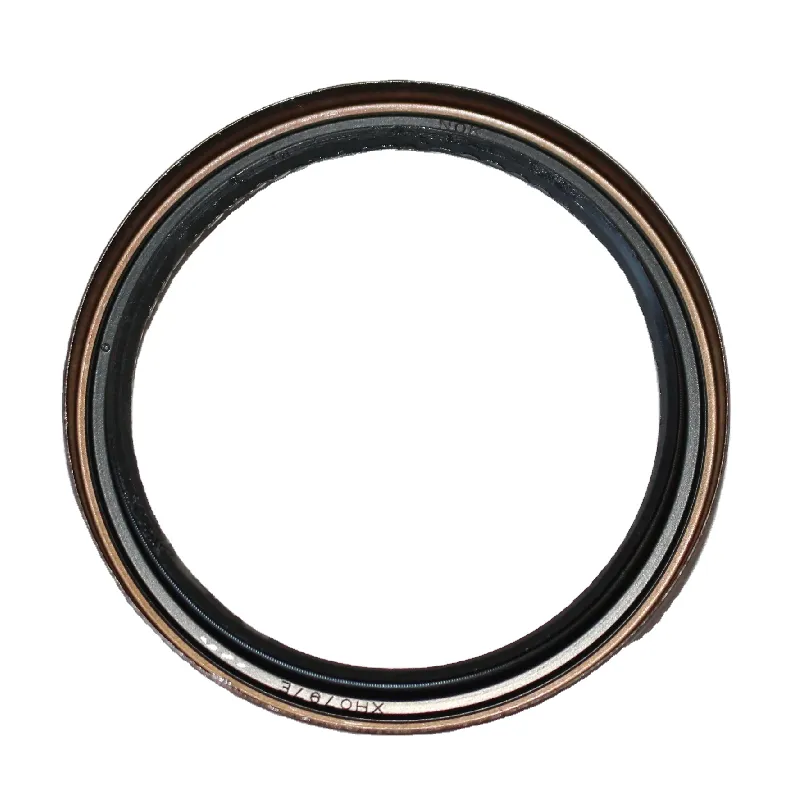Left Axle Seal Replacement Guide for Improved Vehicle Performance and Maintenance
Understanding the Left Axle Seal Importance, Function, and Maintenance
The left axle seal is an essential component of a vehicle’s drivetrain, playing a critical role in ensuring optimal performance and longevity of the axle assembly. As automotive technology evolves, understanding the specific function and maintenance of parts like the left axle seal becomes increasingly vital for vehicle owners and automotive enthusiasts alike.
What is the Left Axle Seal?
The left axle seal is a rubber or synthetic gasket located at the junction where the axle shaft enters the differential or transmission housing. Its primary function is to prevent gear oil, lubricant, or other fluids from leaking out of the axle housing. Proper sealing is vital not only to maintain fluid levels but also to prevent contaminants such as dirt, water, and debris from entering the axle assembly, which could lead to significant damage.
Importance of the Left Axle Seal
The left axle seal is crucial for several reasons
1. Fluid Retention The seal ensures that lubricant stays within the axle assembly, which is necessary for minimizing friction between the moving parts. Consistent lubrication helps to reduce wear and tear on the gears and bearings, prolonging the life of the axle.
2. Contaminant Protection By keeping contaminants out, the seal protects sensitive components within the differential or transmission. Dirt or water intrusion can lead to corrosion, pitting, and overall degradation of parts, which can necessitate costly repairs or replacements.
3. Performance and Efficiency A functioning axle seal contributes to the overall performance and efficiency of the vehicle. When the axle is properly lubricated and protected, it operates smoothly, allowing for better fuel economy and vehicle handling.
left axle seal

4. Cost-Effectiveness Regular maintenance and timely replacement of a failing or damaged left axle seal can save vehicle owners from expensive repairs down the road. Addressing seal issues before they escalate can help avoid major drivetrain failures.
Signs of a Failing Left Axle Seal
While left axle seals are designed to last, they are not immune to wear and tear. Common signs that may indicate a failing seal include
- Oil Leaks Puddles or wet spots beneath the vehicle, particularly near the axle, are strong indicators of a compromised seal. If you notice oil dripping, it's essential to investigate further.
- Differential Noise Unusual sounds coming from the differential, such as whining or grinding, can suggest that the lubricant levels are low due to a leak, potentially leading to further issues.
- Contaminated Fluid If the differential fluid appears muddy or has visible debris, the left axle seal may have failed, allowing dirt and water into the system.
Maintenance and Replacement
Maintaining the left axle seal primarily involves regular inspections and monitoring for any signs of leakage or damage. It’s advisable to have a qualified mechanic inspect the seals during routine maintenance, especially if you are experiencing any of the above symptoms. If a seal is found to be leaking, it's best to replace it promptly to prevent more extensive damage to the axle assembly.
In conclusion, the left axle seal is a small but mighty component that plays a significant role in the safety, performance, and durability of a vehicle. Understanding its function, recognizing the signs of failure, and performing proper maintenance can not only extend the life of the seal but also enhance the overall operation of your vehicle. For any car owner, being proactive about vehicle maintenance can translate into better performance, cost savings, and peace of mind on the road.
-
Understanding the Front Main Engine Seal: Purpose, Maintenance, and Installation
News Jul.29,2025
-
Understanding O-Rings and Seal Rings: Types, Applications, and Custom Solutions
News Jul.29,2025
-
Understanding Crankshaft Oil Seals: Rear Seals, Pulley Seals, and Their Role in Engine Integrity
News Jul.29,2025
-
The Importance of Front and Rear Crankshaft Seals in Engine Performance and Oil Management
News Jul.29,2025
-
Crank Oil Seals: Functions, Types, and Cost Considerations in Engine Maintenance
News Jul.29,2025
-
A Comprehensive Guide to O-Rings and Seals: Types, Materials, and Global Applications
News Jul.29,2025
-
Mastering Diesel and Performance Engine Maintenance: A Guide to Critical Oil Gaskets
News Jul.28,2025
Products categories















